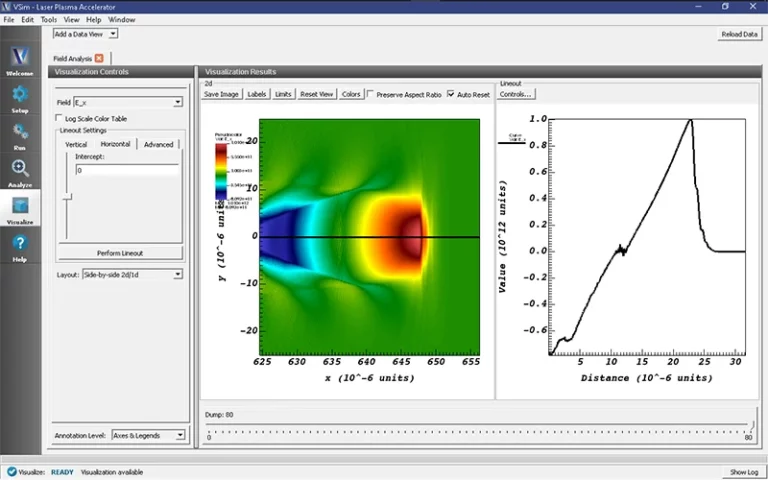
VSimPA For Plasma Acceleration Simulations
VSimPA is a comprehensive software solution for scientists and engineers working on plasma acceleration simulations and techniques. Users of VSimPA can run numerical experiments with ionization injection, colliding pulse injection, and down-ramp injection. In addition, by including reduced methods like the envelope approximation with or without phase tracking, VSimPA can model Laser-Wakefield Field Acceleration (LWFA) into depletion without fully resolving the laser wavelength and controlled dispersion algorithms limit numerical artifacts.
VSimPA’s computational engine, VORPAL, has been used for multiple scientific discoveries, including the first Dream Beam discoveries, stable GeV acceleration, density-gradient injection, and the more recent Trojan Horse simulations. With thousands of literature citations since first described in 2004, VSimPA is the most frequently cited code capable of modeling plasma acceleration and the most trusted tool for plasma acceleration research.

“Our group switched to VSim for all of our accelerator related simulation needs. The software is incredibly powerful, its user-friendly interface feels natural to an accelerator scientist, and the support provided by the folks at Tech-X is phenomenal.”
Sandra Biedron
Fellow of the American Physical Society
Recipient of the 2018 Particle Accelerator Science and Technology Award
Ready to learn more?
VSimPA Advantages
- FDTD Plasma Acceleration Simulation
- PIC algorithms for kinetic plasma
- High Performance Computing Capable
- Documented Accuracy
- Leading Software Code for Plasma Acceleration Simulation
- Powerful Post-Processing
- Seamless Integration with all VSim Modules
- Robust Documentation and Tutorials
- Superior Customer Support
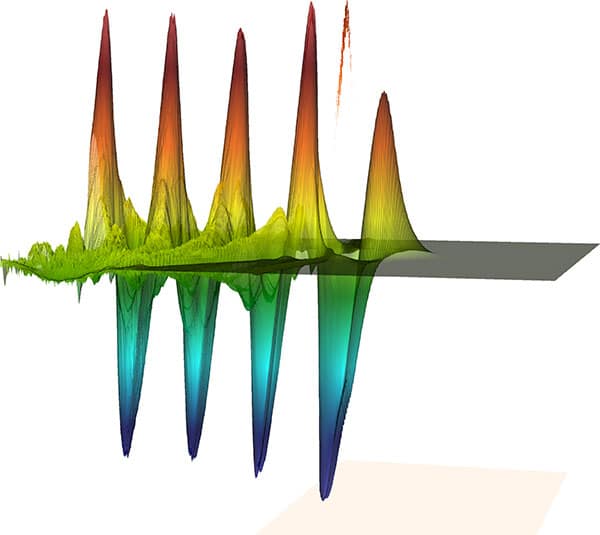
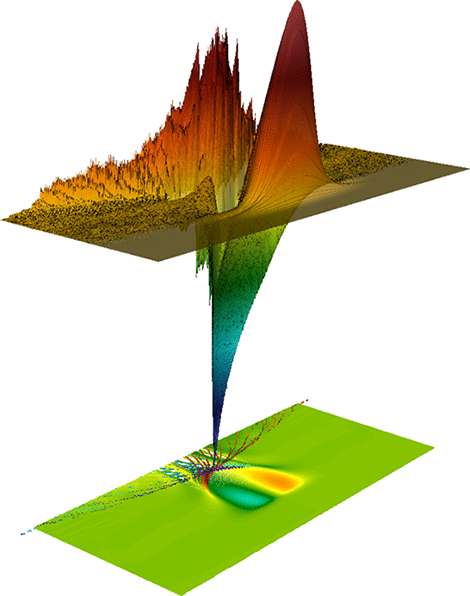
VSimPA Capabilities
- Advanced Beam Self-Field Ionization
- Beam Injection
- Boosted Frame
- Controlled Dispersion
- Current & Field Smoothing
- Envelope Model, Including Phase Tracking
- Laser Pulse Launching
- Extensive Set of Reactions
- Charged & Neutral Weight
- Variable Weight
- Relativistic
- Higher-Order
- Surface Charge
- Secondary Emissions
- Absorbing
- Collisions
- Field Ionizations
- Matched Absorbing Layers (MAL)
- Noise Reduction Filters
- Cold, Relativistic Fluid
- Euler Fluid
- Static Background Gas
Plasma Acceleration Problem?
Applications for VSimPA
Beam-driven acceleration
Ionization injection
Down-ramp injection
Ion channel lasing
Ready To Get Started?
Plasma Acceleration Examples
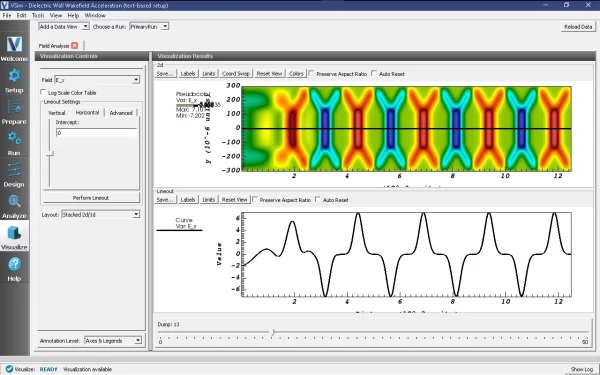
Dielectric Wall Wakefield Acceleration
An alternative to a full particle in cell approach for accelerator computations is to use a prescribed beam, that is to set the J field directly without using a vector deposition of the current associated with the charge. This is demonstrated in this example which computes the wakefields in a dielectric lined waveguide.
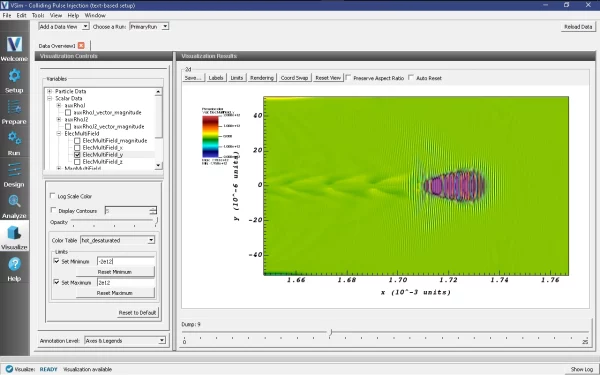
Electron Beam Driven Plasma Wakefield
This example demonstrates the use of VSim to simulate controlled injection in a laser-plasma accelerator using colliding laser pulses [CMRB+10]. Two laser pulses are launched from opposite sides (one from the left side and the other one from the right side of the box) and propagate in opposite directions.

Electron Beam Driven Plasma Wakefield with Seperable Fields
This example demonstrates a method to simulate an electron beam driven plasma wakefield accelerator. The electron beam initializes the field using a speed of light frame Poisson equation solve, then the fields and particles are evolved using FDTD EMPIC.
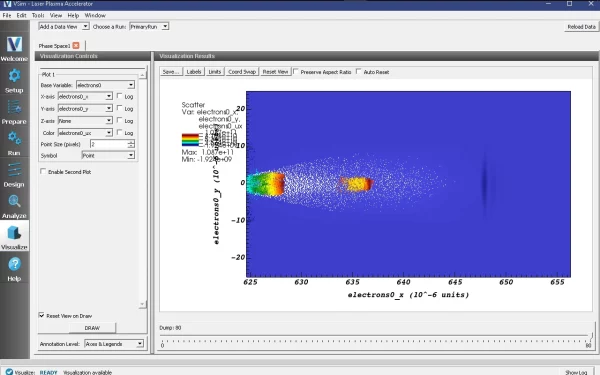
Laser Plasma Accelerator
Simulate a simple laser-plasma accelerator problem using the full PIC algorithm. An intense, short laser pulse propagating through a plasma can lead to the separation of electrons and ions capable of producing accelerating electric fields of hundreds of GV/m [GTVT+04]. VSim is capable of simulating laser plasma accelerators (laserPlasmaAccel) using several different models: envelope, fluid and full particle-in-cell (PIC).
